I first saw Lola (R.I.P.) in Spring 2016, when I'd asked my date to take me to Wildlife Learning Center.

I'd not-so-secretly hoped he'd be up for the "Sloth Social" animal interaction so I'd actually get to meet her, but he requested the owl encounter instead (which worked out just fine and was magical in its own right).
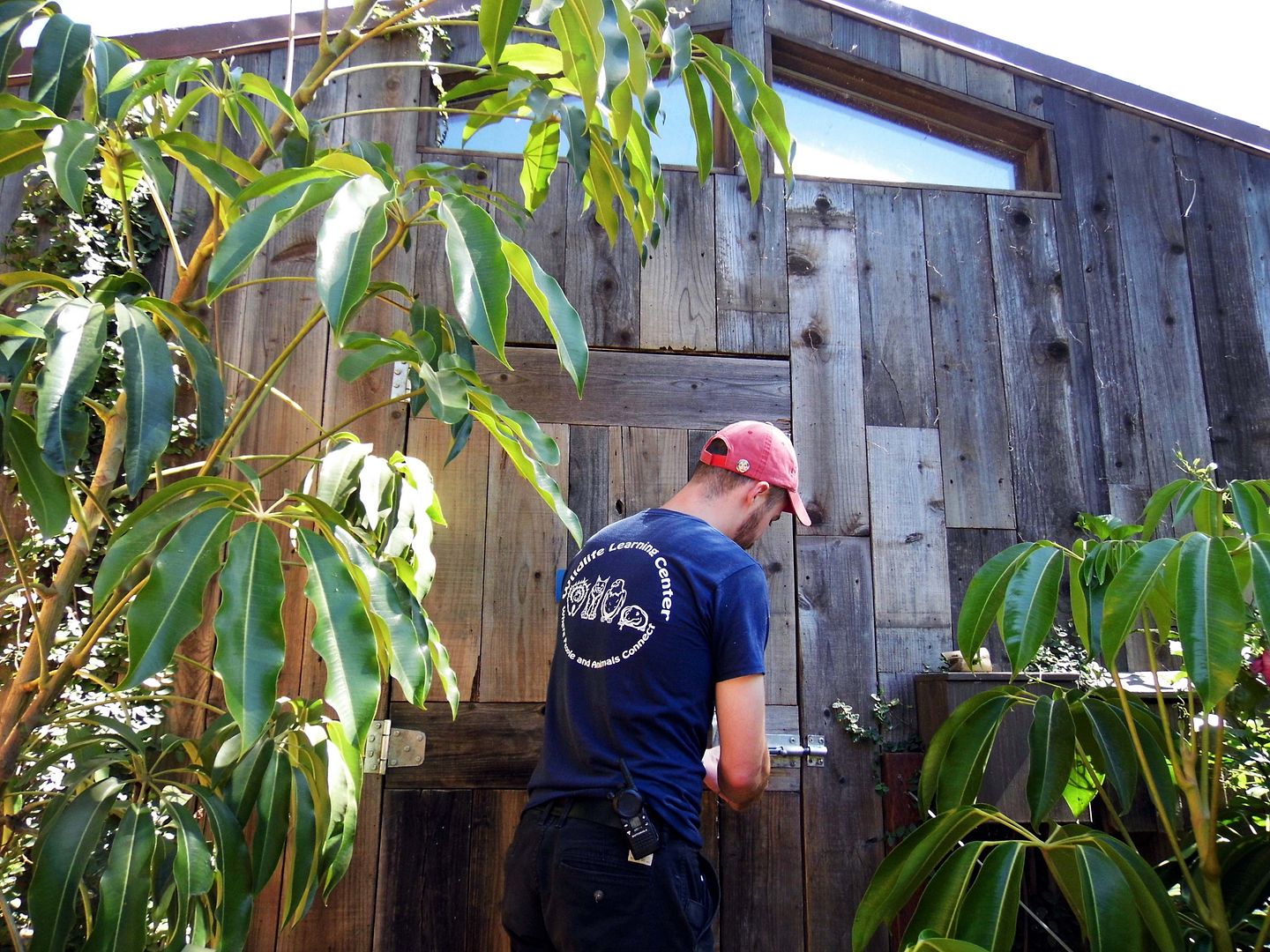
But for three years, I've had it in my head that I had to get back to Wildlife Learning Center to meet Lola, the two-toed sloth.
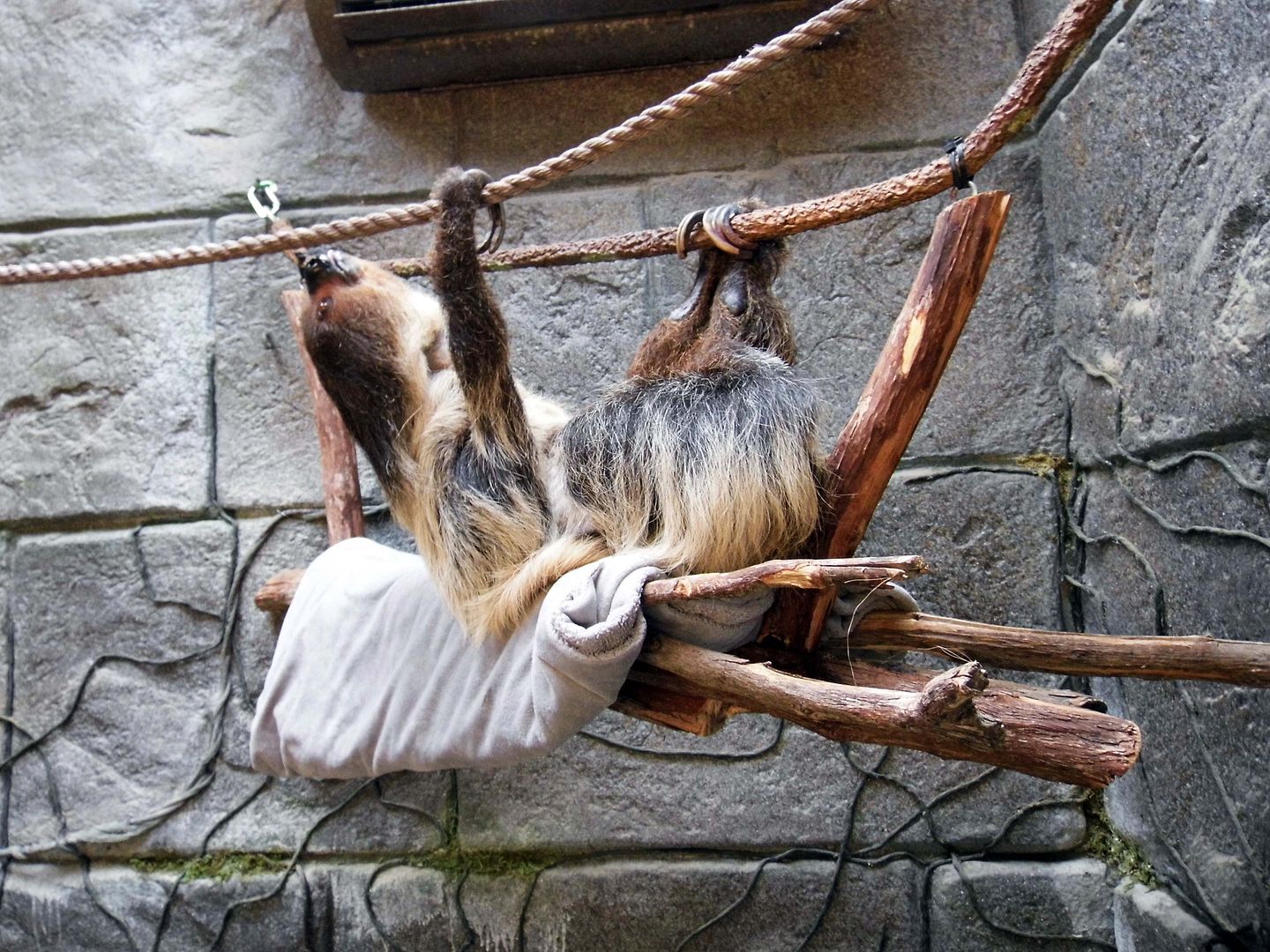
And then I got a gift certificate for the experience from my dear friend Joanna for my birthday last year—which, for reasons I didn't understand until recently, I held onto for just the right occasion.
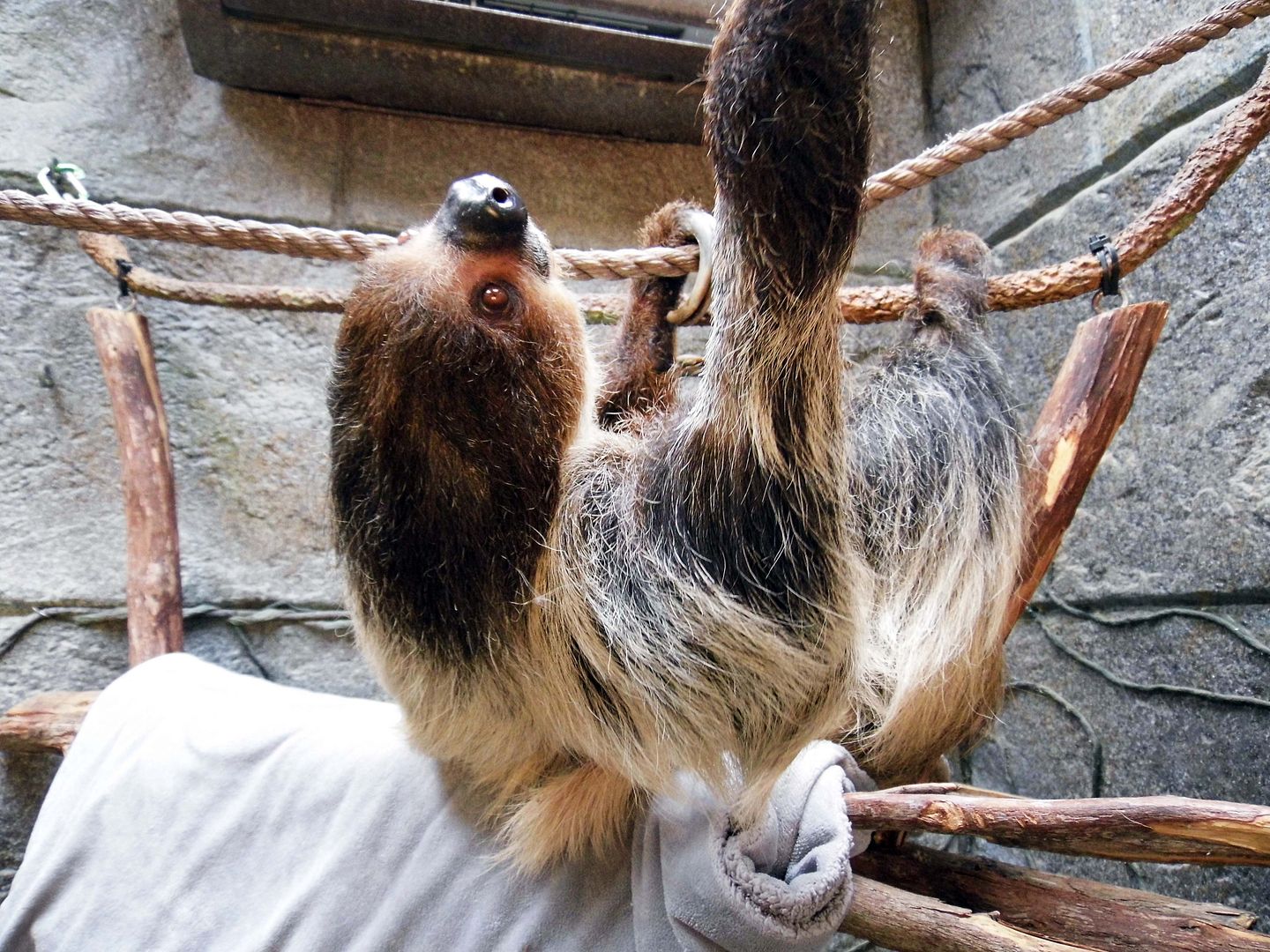
Then another friend of mine confessed that her "bucket list" item was to hang out with a sloth. I looked at her and said, "I can make that happen."
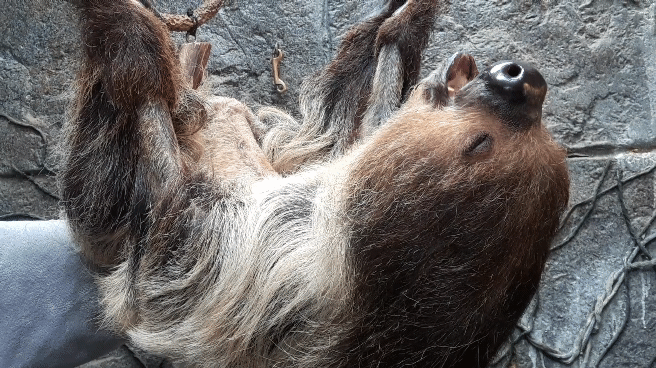
That's what brought us to Sylmar today—to hang out in the sloth enclosure for just a few precious minutes.
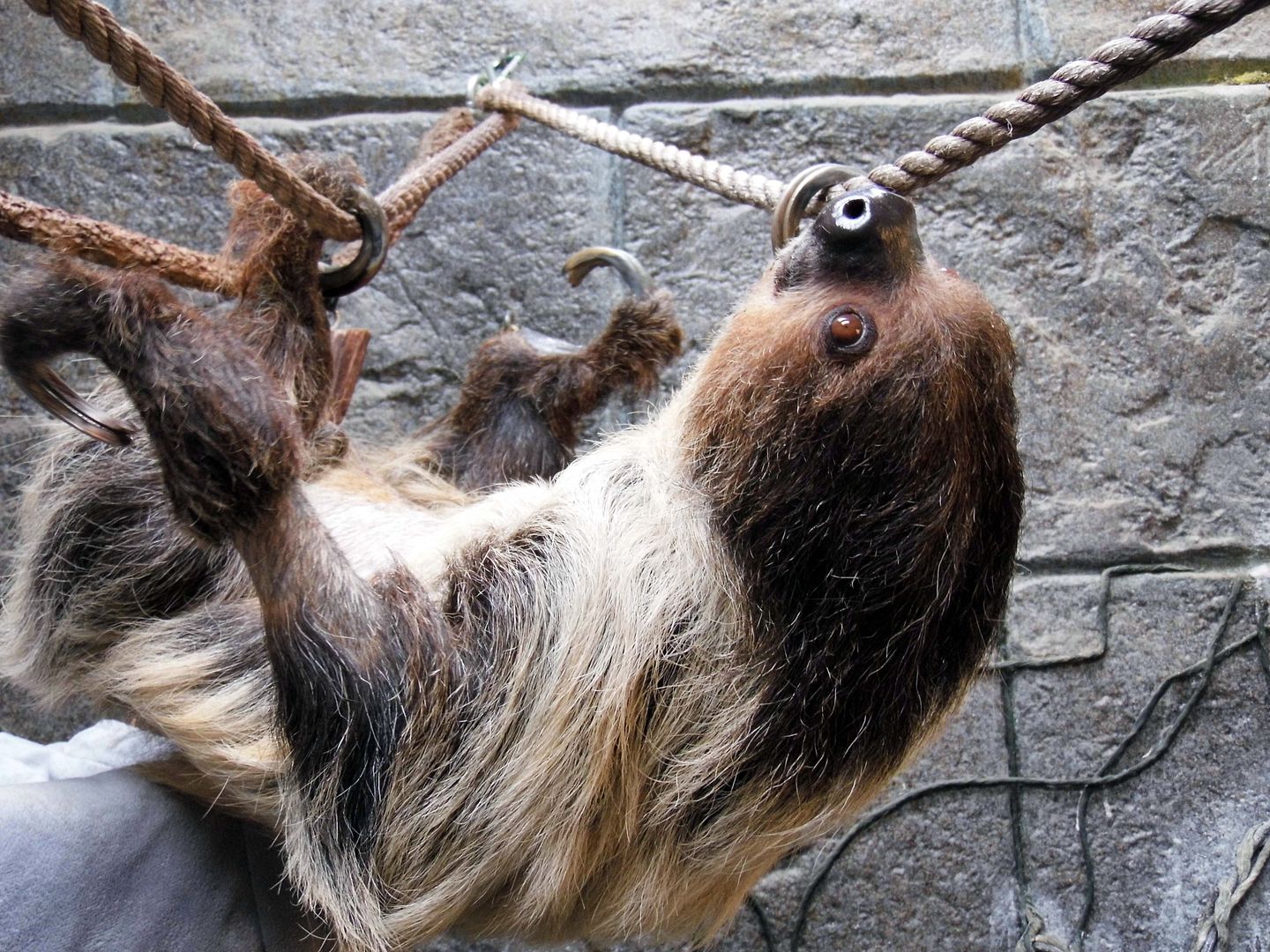
When I booked our adventure, I only knew that my gift certificate would expire in September this year, one year after it had been issued. I didn't know that Lola would have just lost most of her bladder in an operation to remove cancer.
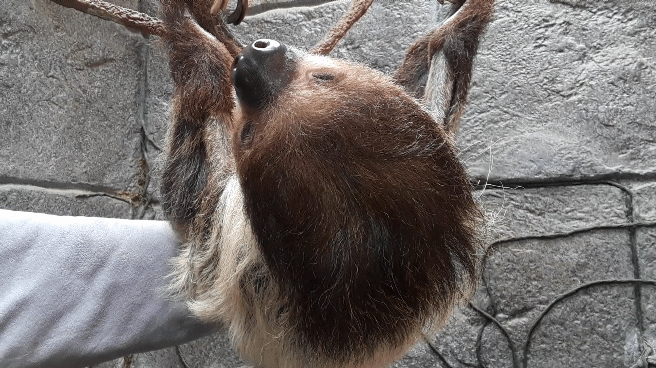
Once again, I was grateful I hadn't waited any longer.
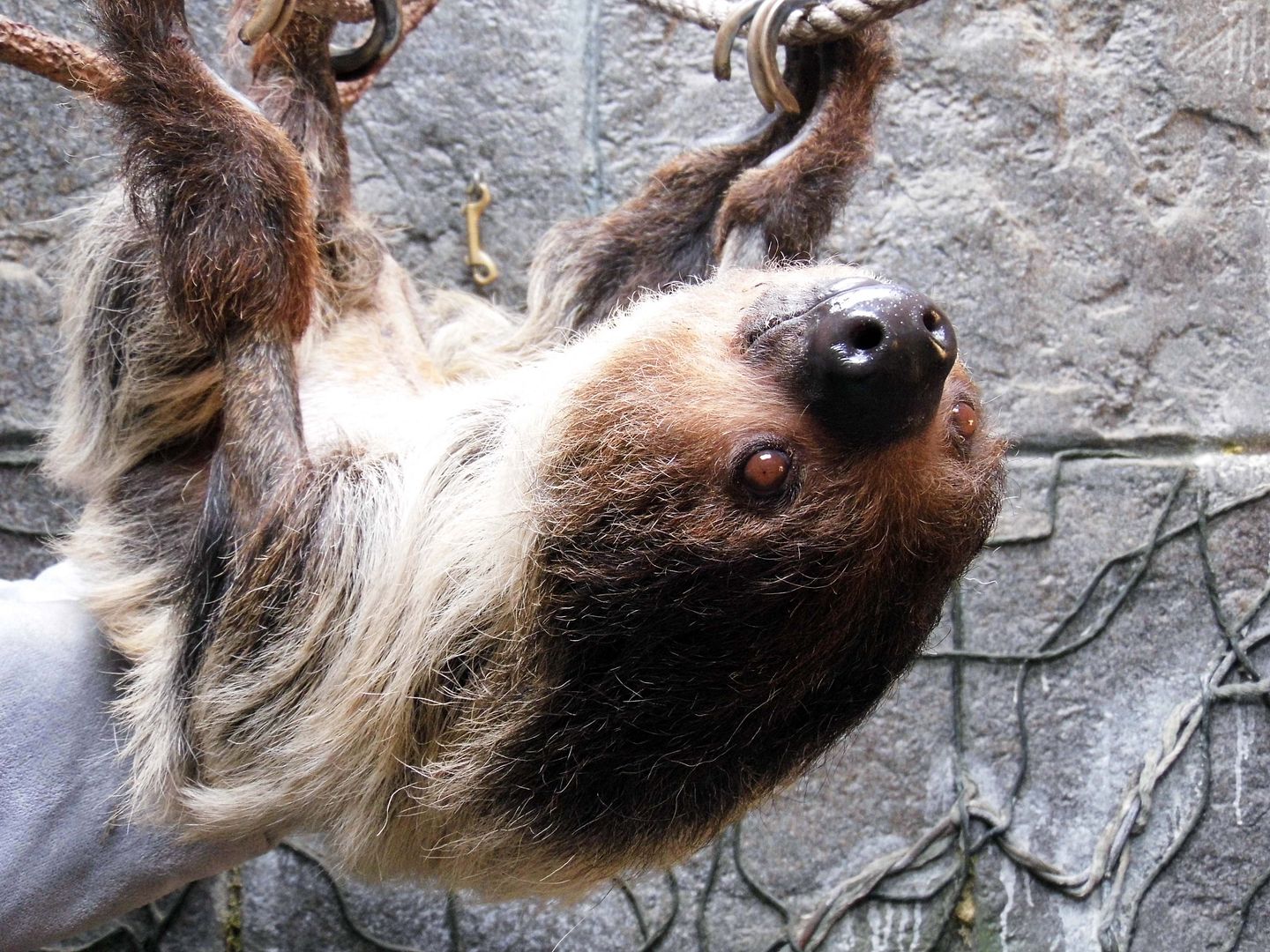
Sloths can survive up to 30 years in captivity if all goes perfectly—but Lola is more than halfway there. And she probably experiences more stress than a lot of captive sloths, as she's become somewhat of a Hollywood celebrity and gets paraded around to schoolchildren, movie stars, and TV talk shows.

Besides, Lola had a rough start in life—stolen from her mother when she was just a few months old (they don't go off on their own until about 6 months old) and sold into the pet trade, which landed her in a residential bathroom in Oregon, hanging from the shower curtain rod.

Her owner, realizing that sloths don't do a lot and are pretty mellow and solitary, got bored with her and gave her up—leaving her to be rescued by Wildlife Learning Center.
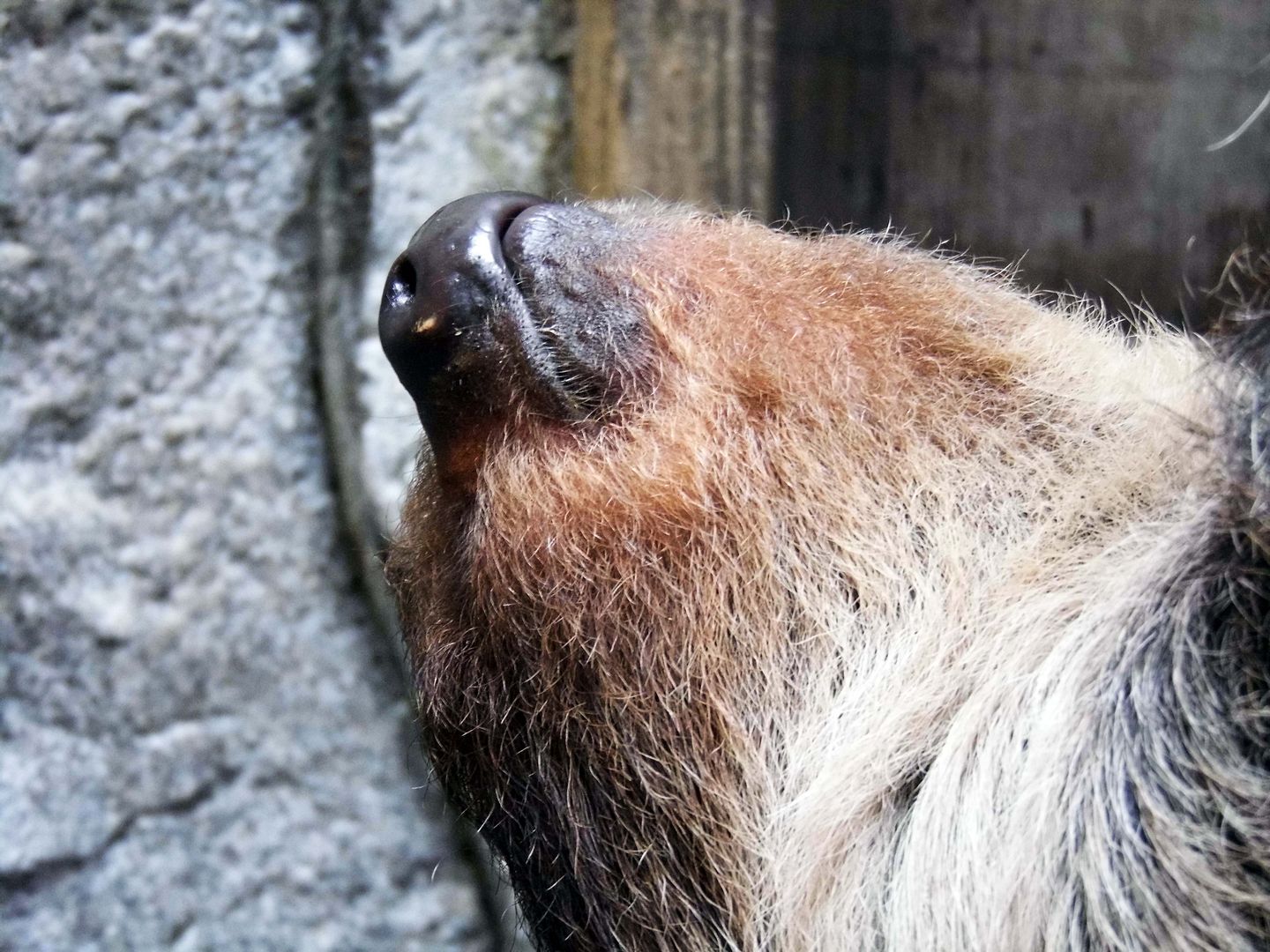
I thought she was pretty exciting to watch—even just as she arose from her makeshift bed and made her way along the ropes towards her outside enclosure.

Sure, it was painstakingly slow. But I need to slow down sometimes. Lola gave me the perfect excuse to be patient for a change.
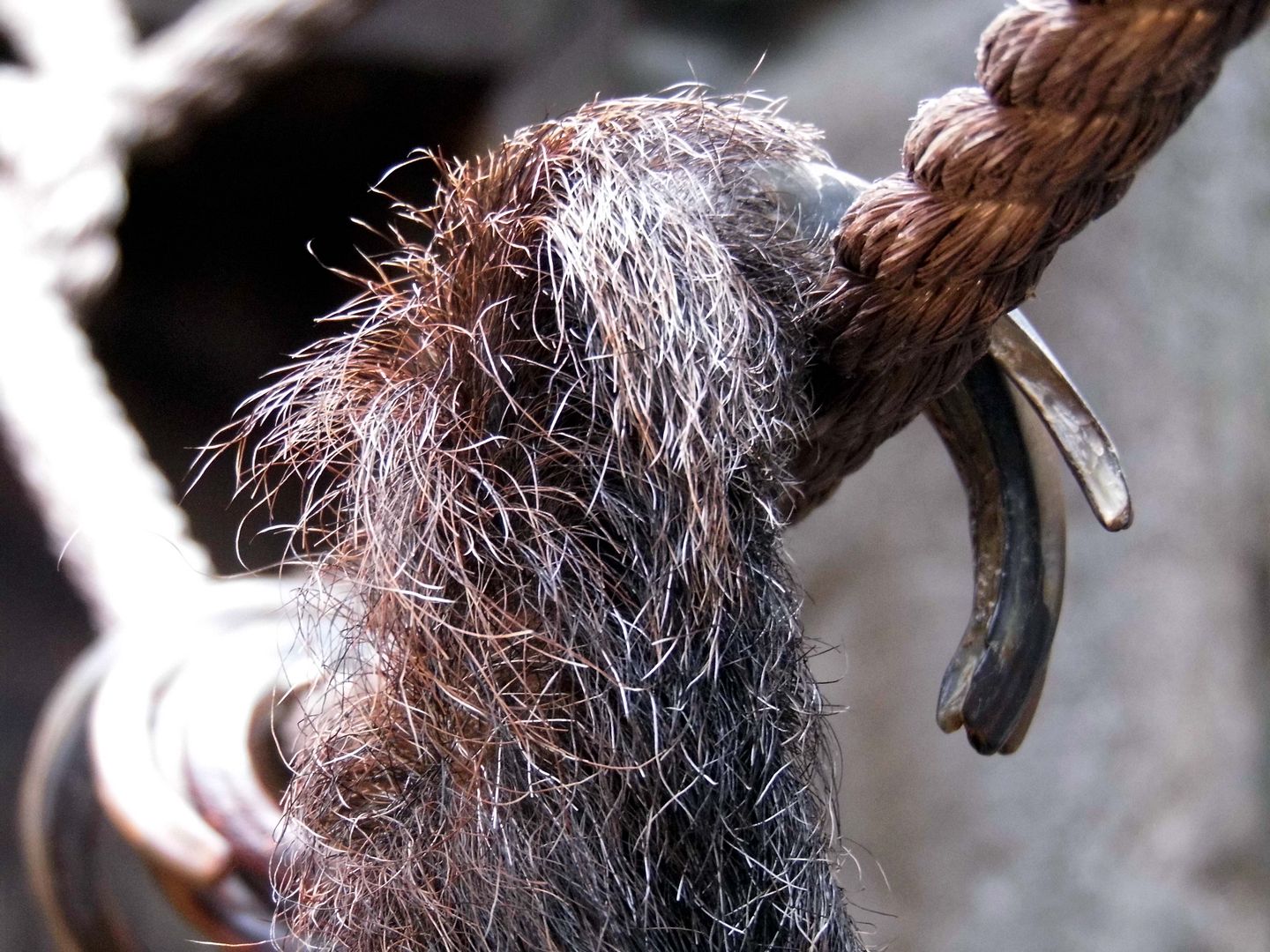
We weren't allowed to pet her—maybe because sloths don't like being pet and only tolerate it when they are. Or maybe it was because so much of her fur had been shaved for her recent surgery—and that she was still recovering.
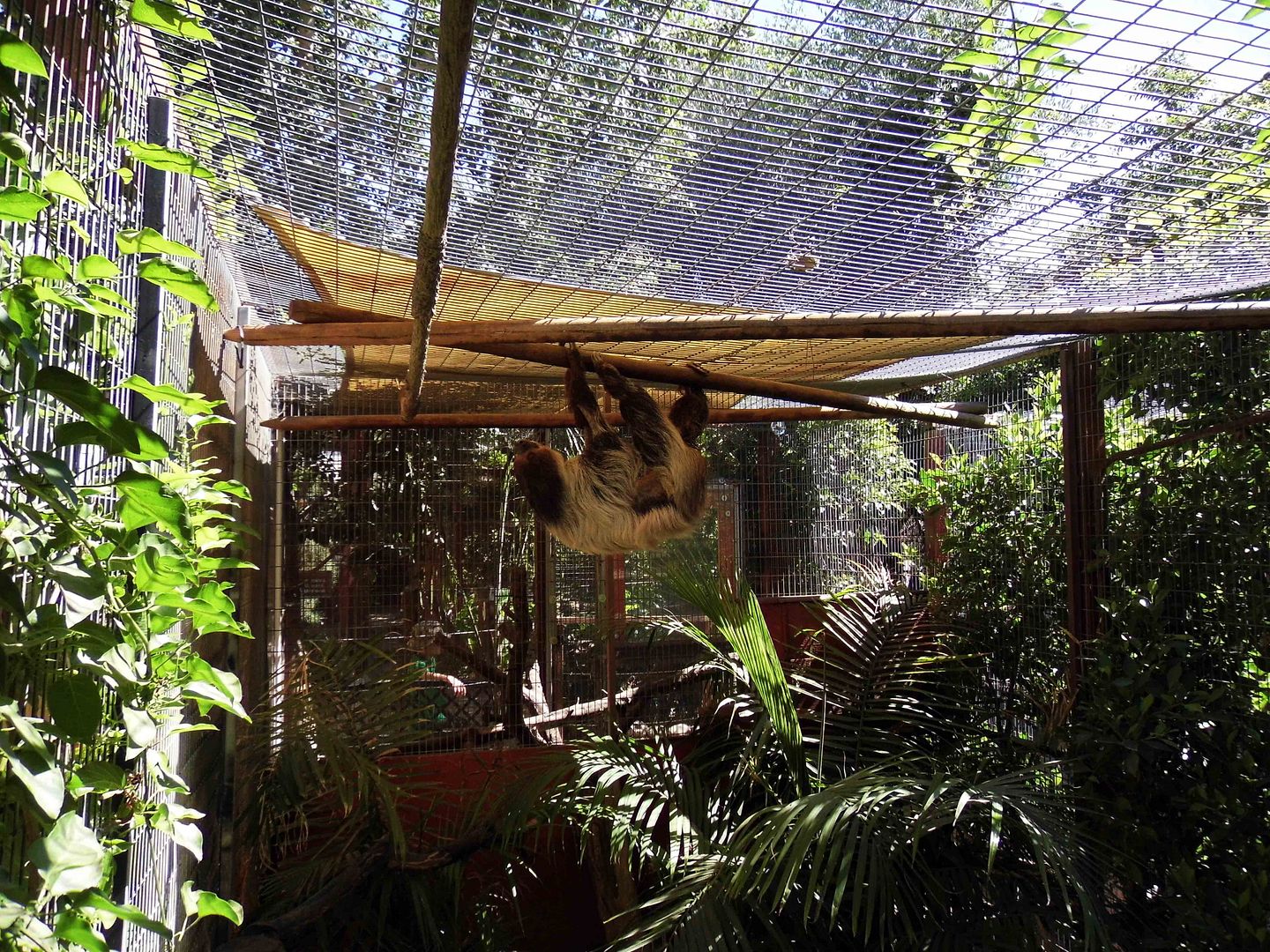
So we just watched helplessly—and in awe—when she relocated herself into the sun-soaked foliage. We found her later going to the bathroom under some palm fronds—something most sloths only rarely do, because of how it exposes them to predators in the wild.
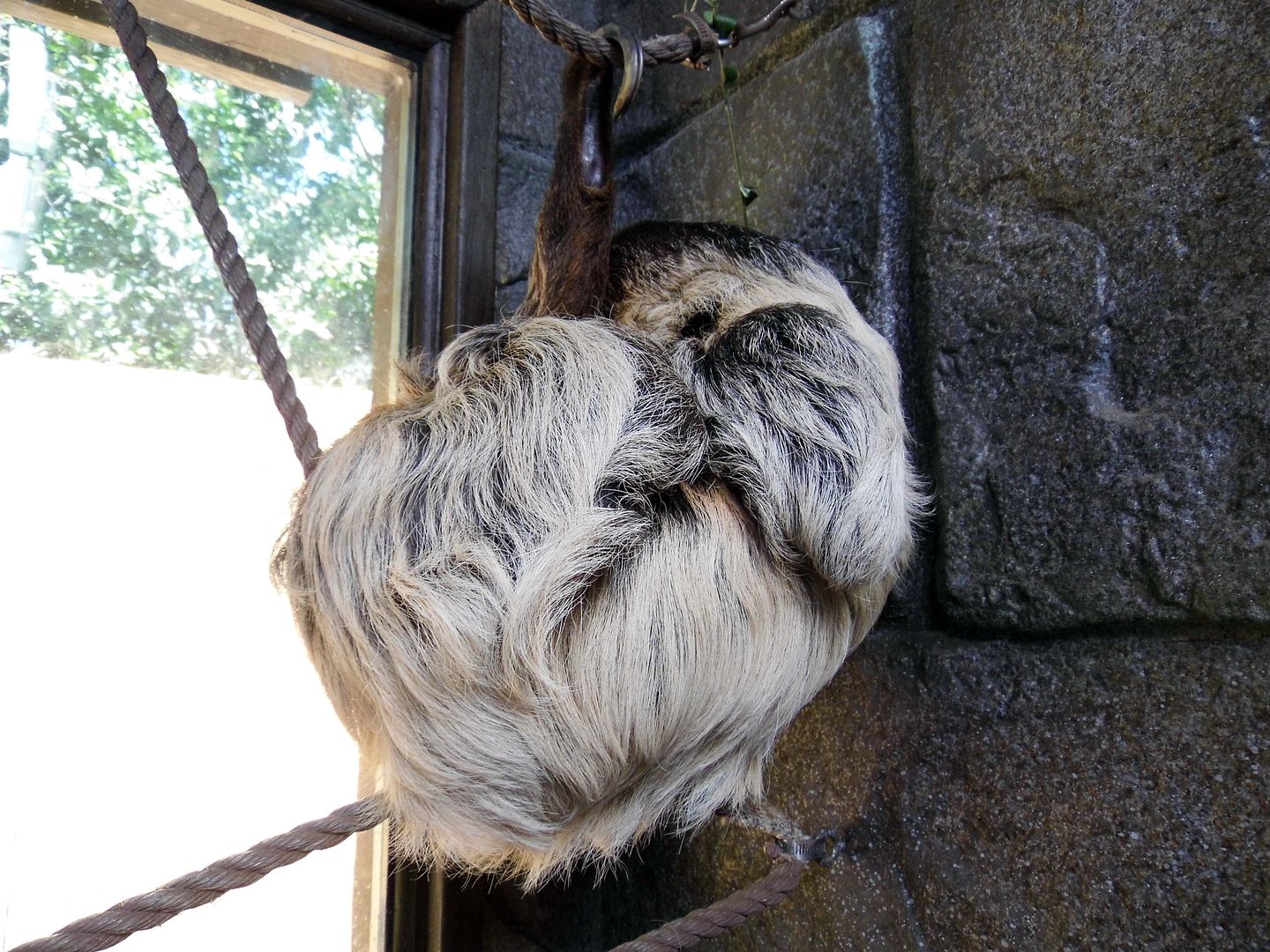
Back in 2016, Wildlife Learning Center added a companion for Lola to her enclosure—Sid, an overstock sloth from a zoo that didn't need him for its breeding program.
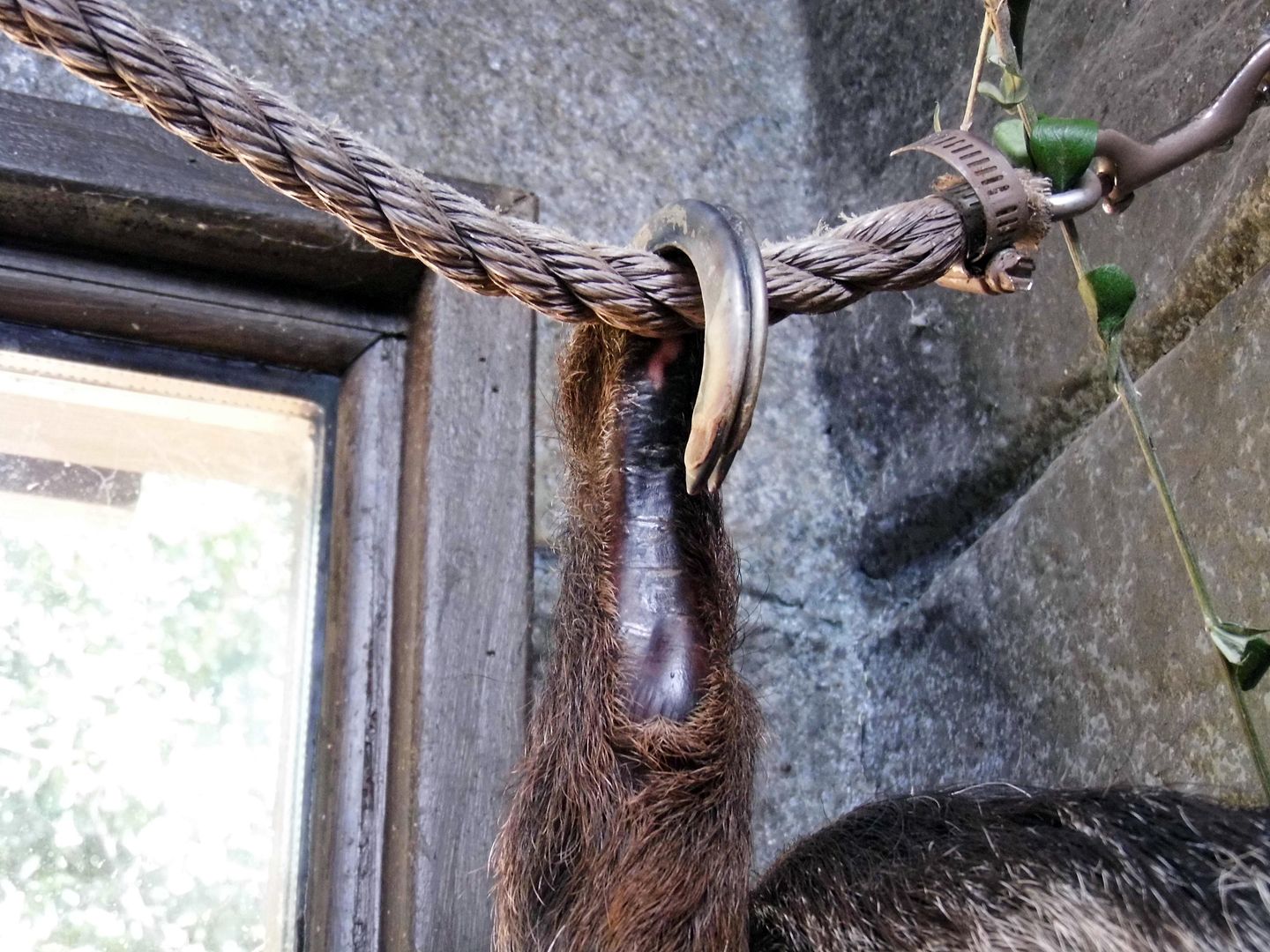
Sid took a nap the entire time we were there—which made it easier to pet his surprisingly soft fur without disturbing him.
When we peered at him through the window from outside, we could see his eyes were open and his tongue was out. He looked like he was smiling.
Then again, all sloths look like they're smiling. Maybe that's why we humans find them so appealing.
Update: Now that Lola has passed, Sid is all alone and still available for personal animal encounters.
Related Posts:
To Look an Owl in the Eyes
The Threshold of Fright and Flight: Lessons From An Alpaca

No comments:
Post a Comment